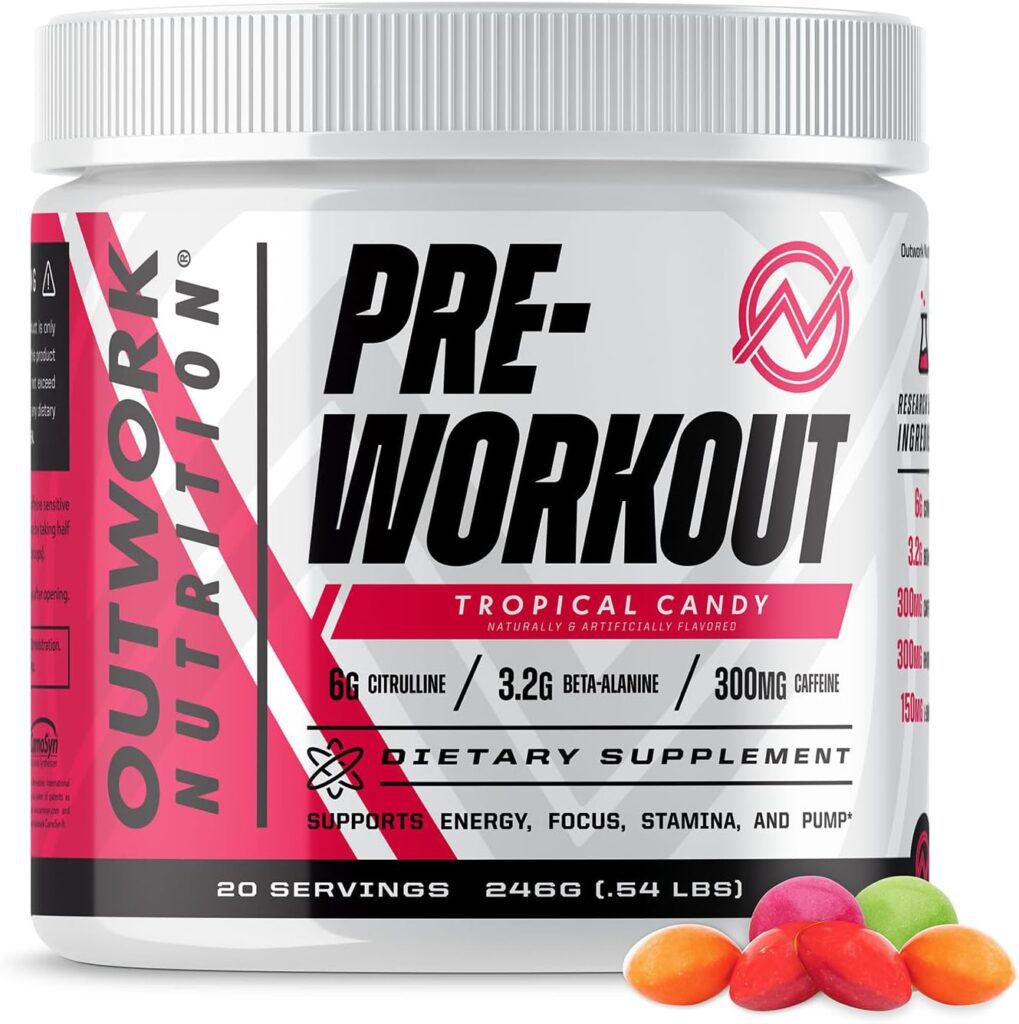Squatting is one of the most fundamental exercises for building strength and stability, yet many lifters overlook key techniques and equipment that can enhance their performance.
In this guide, we’ll explore essential tips for mastering the squat, from selecting the right footwear to refining your form.
Whether you’re a beginner or an experienced lifter, understanding these components will help you squat more safely and effectively.
Let’s dive into the details!
Before The Squat: Proper Equipment
Before diving into the intricacies of the squat, it’s crucial to address an often-overlooked aspect: the equipment you wear.
While you can technically perform squats without any gear, having the right equipment can significantly enhance your performance, safety, and efficiency.
The Importance of Proper Footwear
Many people default to wearing tennis shoes when squatting, but this is far from ideal.
Tennis shoes are designed to distribute weight across the foot and cushion against impact, which can hinder energy transfer during a squat.
Instead, opt for hard-soled shoes or, even better, Olympic-lifting squat shoes.
These provide a stable base and a slightly elevated heel, which positions you more ergonomically for squatting.
Utilizing a Weight Belt
A quality weight belt is another valuable tool.
Choose a stiff leather belt with a buckle, not a flimsy Velcro one.
A good belt offers stability by giving your core something to brace against, protecting your lower back, and helping you maintain an upright position.
Contrary to popular belief, wearing a belt can actually increase core activation because it encourages you to push against it more effectively.
Knee Support: Sleeves vs. Wraps
When it comes to knee support, knee sleeves are generally preferable to wraps.
Sleeves provide consistent pressure, keep your knees warm, and are quicker to put on and take off.
Wraps can be cumbersome and may not provide the optimal support you need during your workout.
The Role of Chalk
Chalk is another underrated piece of equipment.
It can help maintain bar position during squats, especially in low-bar variations.
A good block of chalk can prevent the bar from rolling, ensuring a smoother squat.
Wrist Wraps for Stability
For those who prefer low-bar squats, wrist wraps can be incredibly beneficial.
They help keep your wrists straight, reducing the risk of pain.
Be sure to wrap them correctly—above and below the wrist joint—to maximize support.


Setting Up for Success
A well-planned setup is essential for a successful squat.
Take your time to position yourself correctly under the bar, ensuring your midfoot is directly beneath it.
When you’re ready, take a deep breath, brace your core, and unrack the bar using your largest muscle groups rather than just your quads.
High Bar vs. Low Bar Position
Understanding the difference between high bar and low bar positions is vital.
A high bar squat typically allows for a more upright stance and is more comfortable for many lifters.
In contrast, a low bar squat may require more forward lean but often enables lifters to handle heavier weights due to improved power generation.
The Mechanics of Squatting
As you squat, remember that it’s not just an up-and-down movement; it also involves moving your hips back and forth.
Start the squat by driving your hips back while keeping your knees aligned with your toes.
Proper depth is crucial—aim for your hips to drop slightly below your knees to maximize strength gains.
Breathing Techniques
Breathing properly is one of the most important elements of squatting.
Inhale deeply before descending to create intra-abdominal pressure, which helps stabilize your spine.
Contrary to common advice, you should hold your breath during the squat, as this can generate more force.
Maintaining Spine Neutrality
Regardless of your body type, maintaining a neutral spine is key.
This means keeping your back straight throughout the movement.
Avoid excessive forward lean and ensure that you’re not flexing your spine, which can lead to injury.
Level Up Your Squat Sessions
If you’re looking to push through your hardest workout sessions, I highly recommend Outwork Nutrition’s Pre-Workout.
This powerful formula not only provides a surge of energy and mental focus but also boosts nitric oxide levels, improving blood flow and endurance during your lifts.
With Beta-alanine included to combat muscle fatigue, you’ll be able to push through those tough sets and recover faster afterward.
Additionally, Rhodiola helps manage stress and mental fatigue, ensuring you maintain optimal performance even during intense training.
Founded by renowned fitness expert Layne Norton, Ph.D. (he’s the guy in the squat video above), Outwork Nutrition delivers evidence-based supplements designed to support serious athletes in their pursuit of peak performance.
Simply take 1-2 scoops 10-15 minutes before your workout session and you’re good to go!
Practice Makes Perfect
Remember, mastering the squat takes time and practice.
Don’t be discouraged if you don’t get it right immediately.
Treat each session as an opportunity to improve, even with lighter weights.
Consistent practice will help you train your motor patterns effectively.
With that being said, thanks for reading and watching.
Until next time!
Affiliate Disclosure
Some of the links on this site are affiliate links. This means that if you click on the link and purchase the item, we may receive an affiliate commission at no extra cost to you. I only recommend products or services that I believe will add value to my readers, however some (not all) do pay us to be on this blog. Your support and theirs helps keep this blog running, and I genuinely appreciate it.
Medical Disclaimer
The information provided on this website is for educational purposes only and is not intended as medical advice. This blog or the writer is not a licensed healthcare professional, and the content should not be used as a substitute for professional medical diagnosis, treatment, or advice. Always consult with your physician or other qualified healthcare provider before starting any new treatment or making any changes to your healthcare routine.
